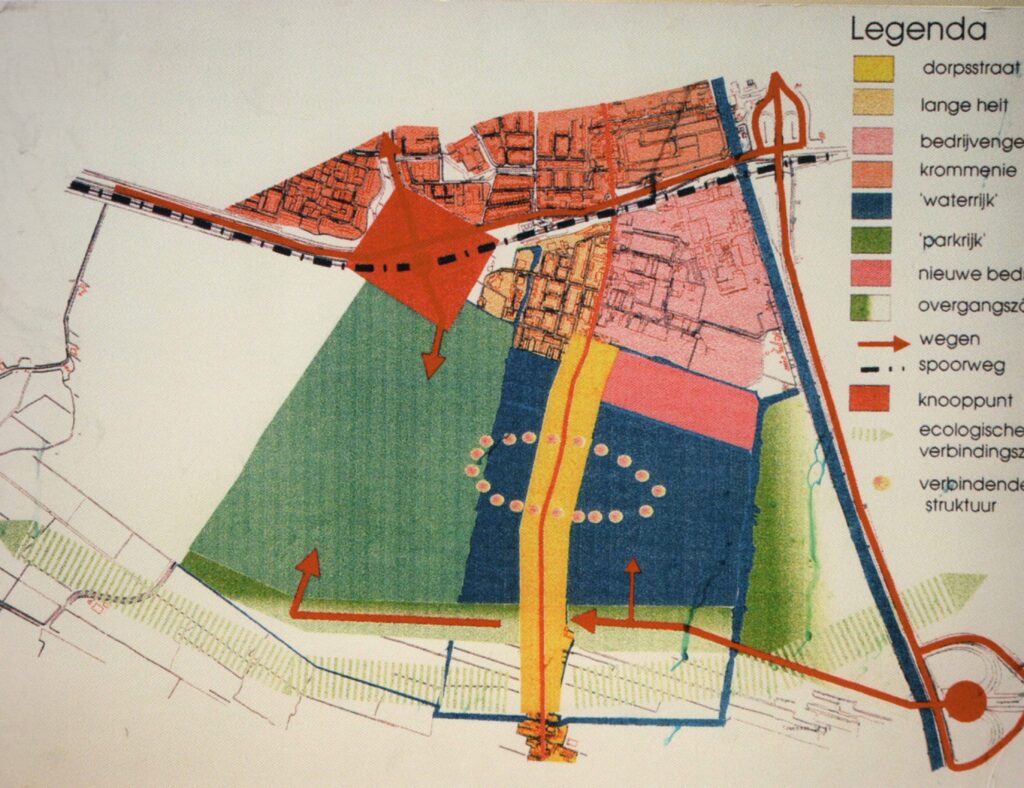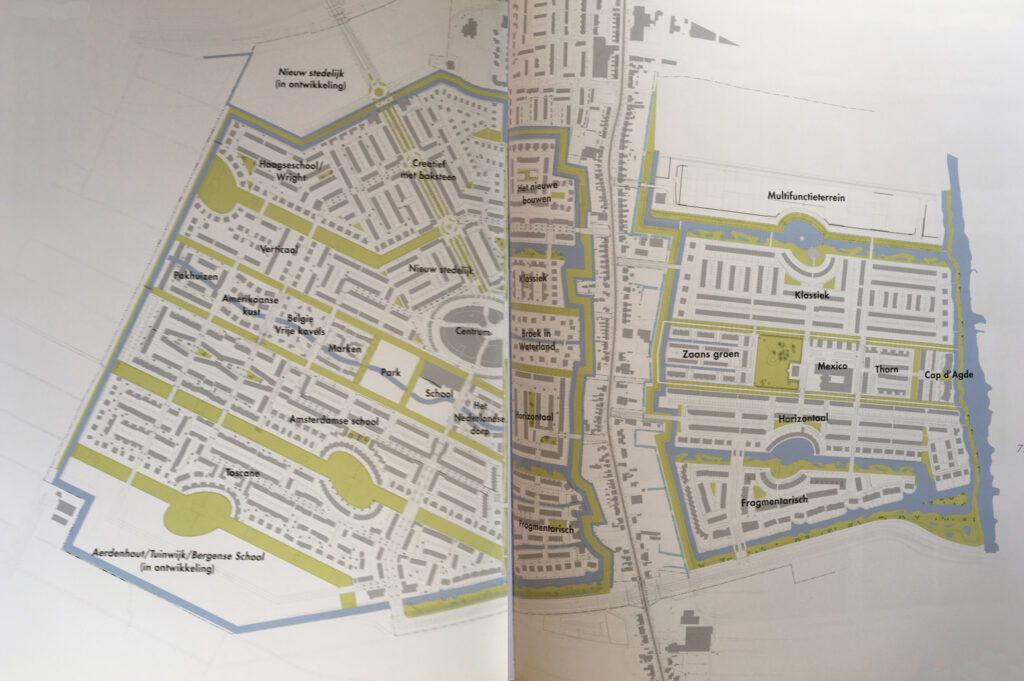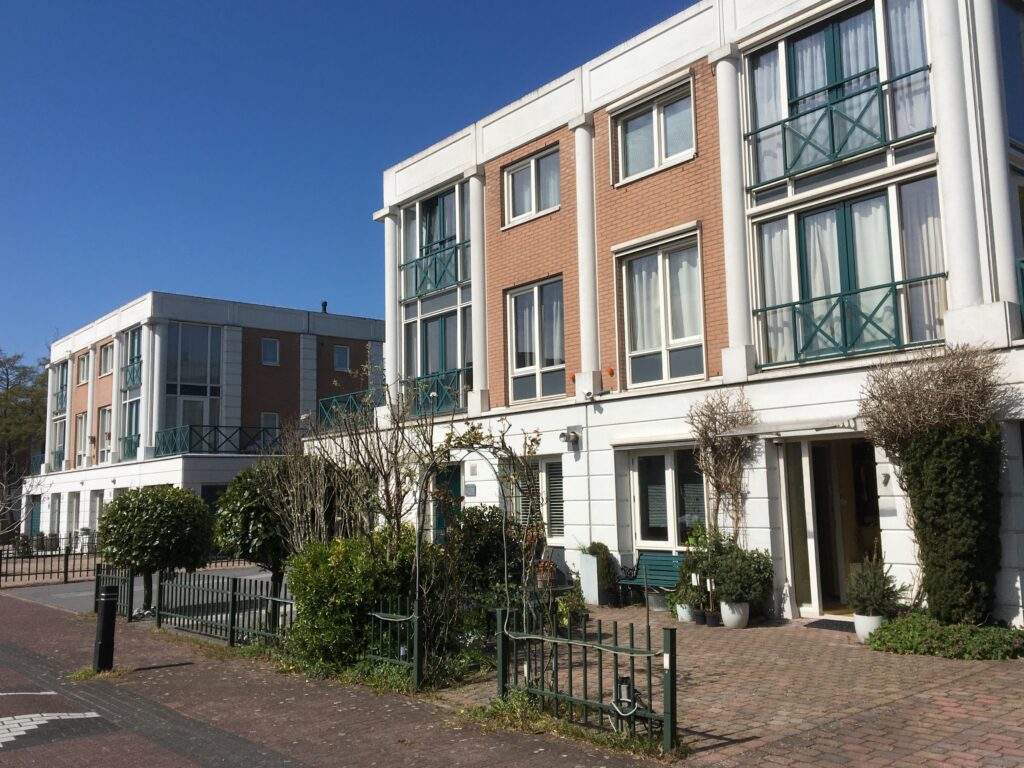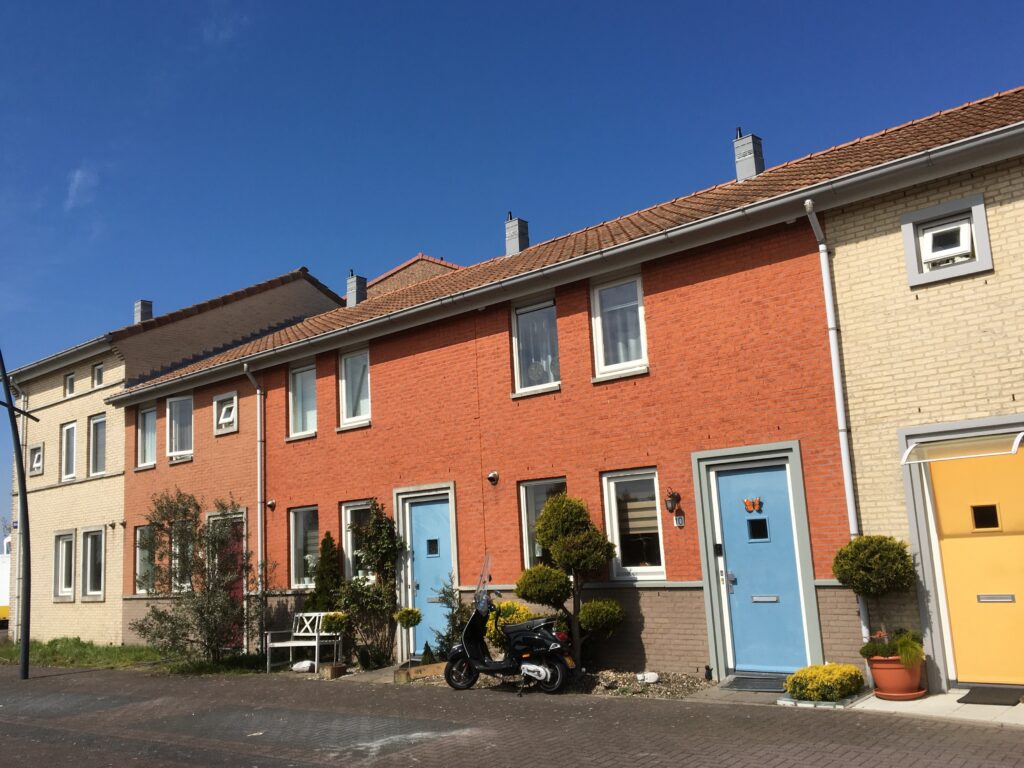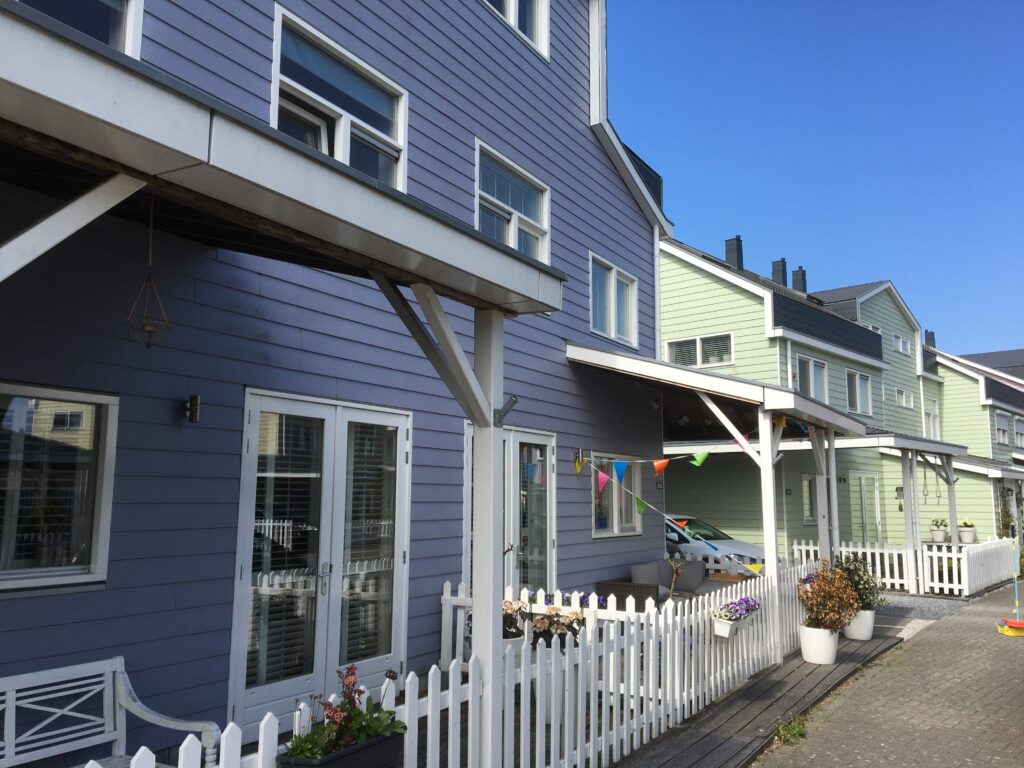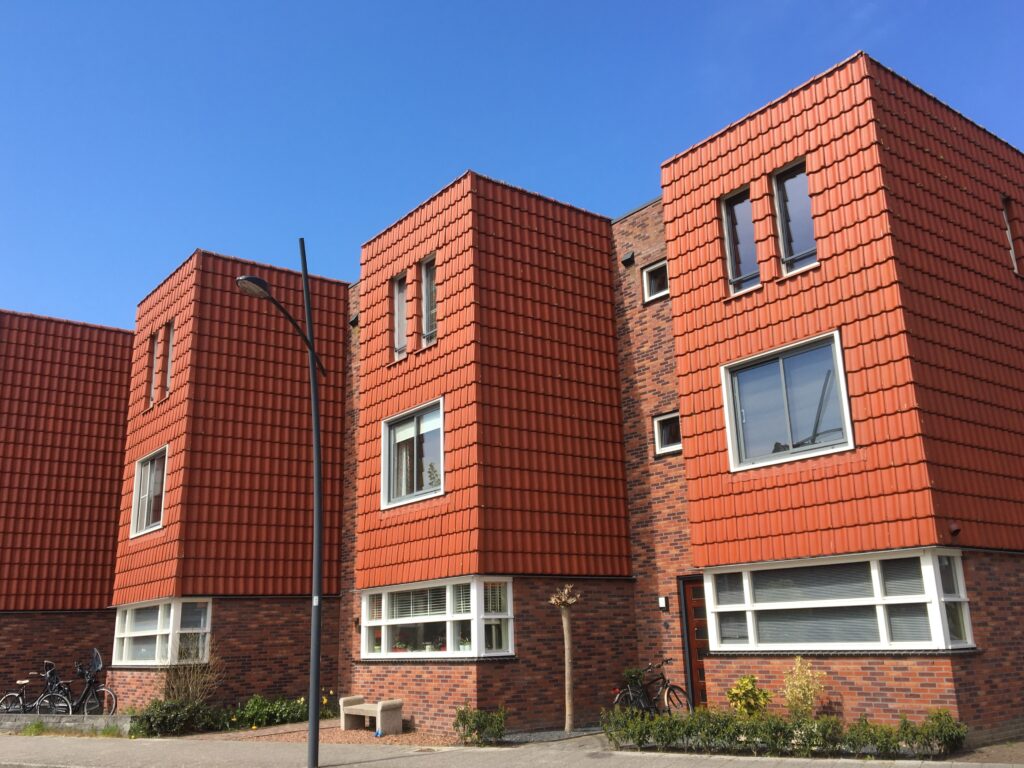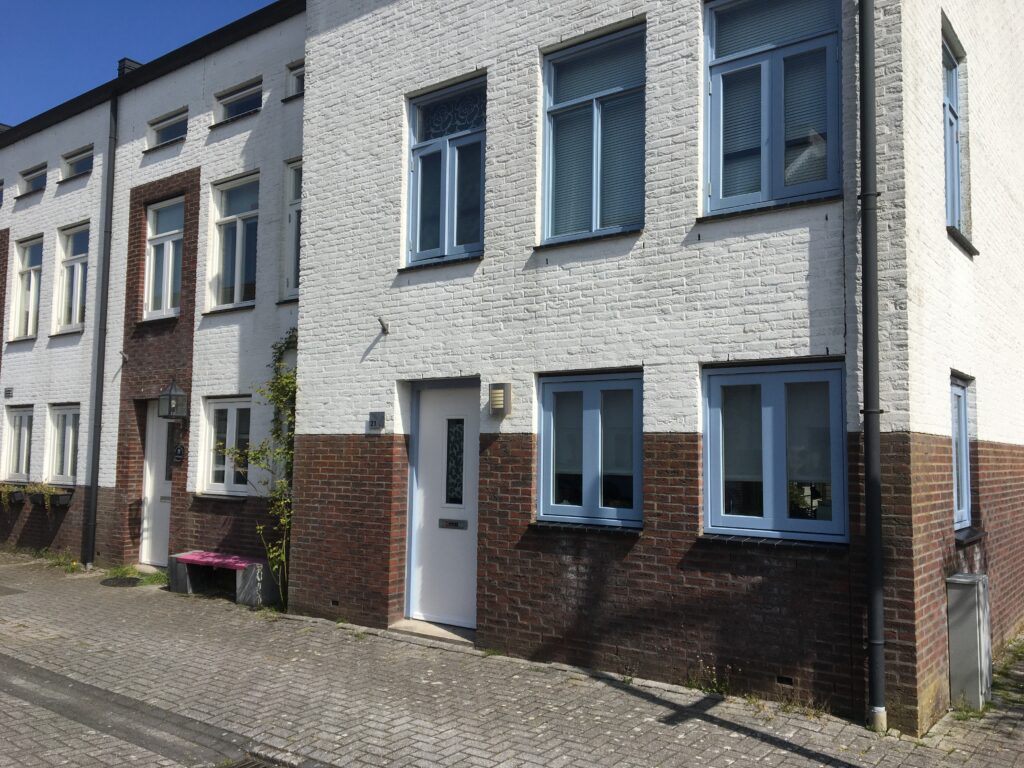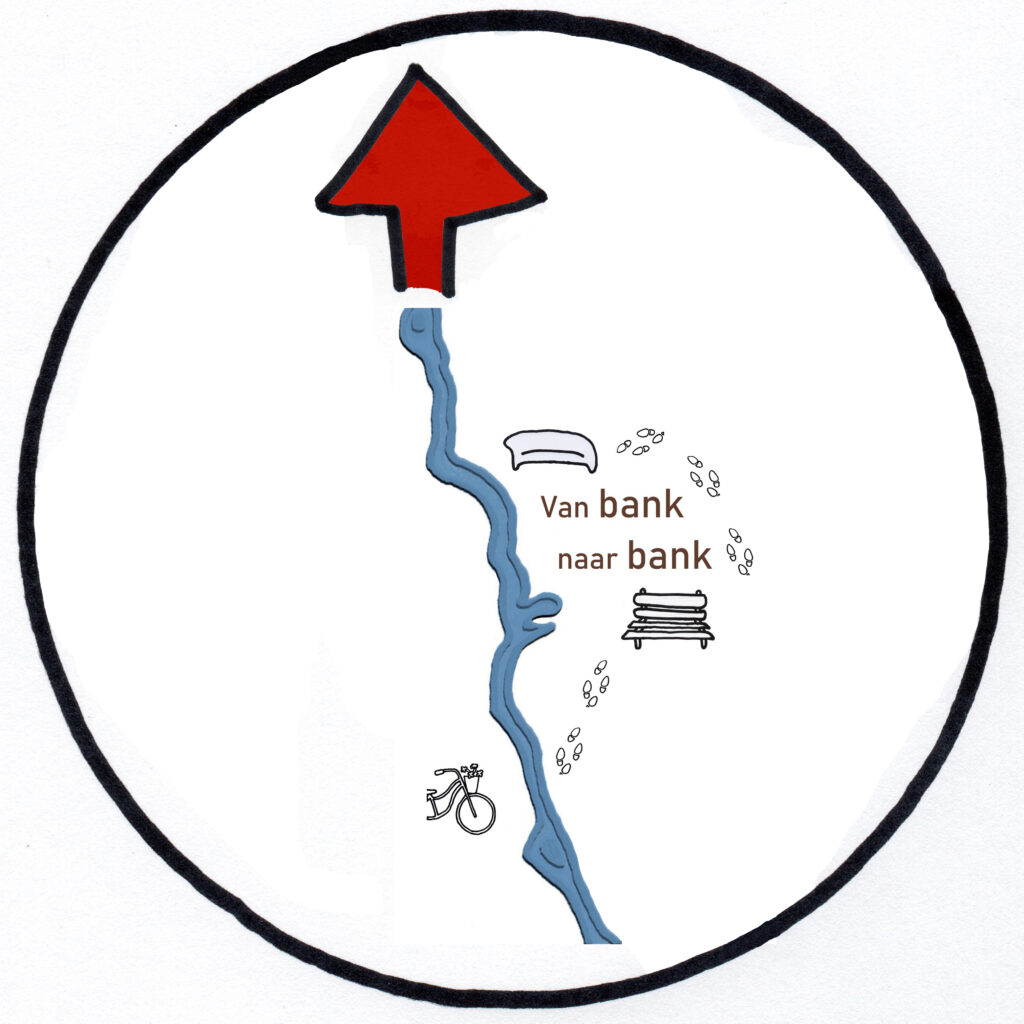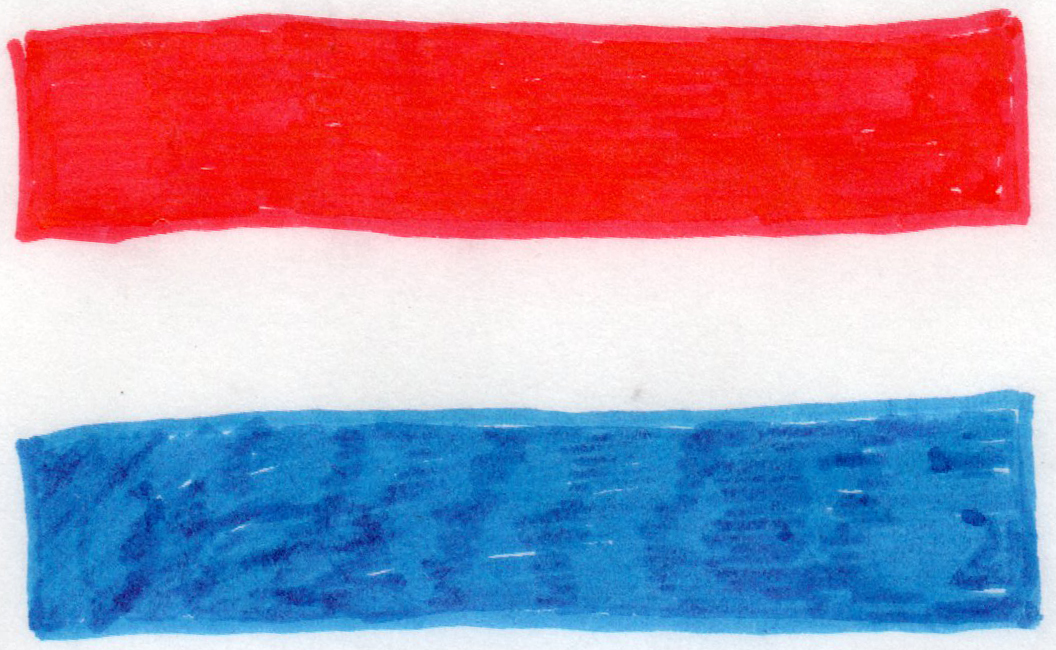Rode Ring (Red Ring). Saendelft is a so-called Vinex development. The national Vinex scheme for urbanization dates from the year 1991 and was the matrix for the expansion of the larger conglomerates in the Netherlands to house a growing population. Vinex developments can be seen all around the country and often look more or less the same.
